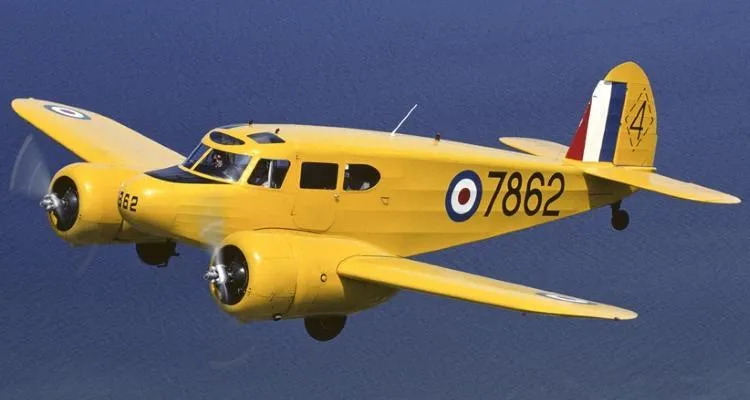Dixon, Robert Samuel
Killed in Flying Accident 1941-01-11


Birth Date: 1909-December-30
Born:
James & Mary H. Dixon
Home: Eburne, British Columbia (parents)
Enlistment:
Enlistment Date: Unknown
Service
RCAF
Unit
8 RD- Repair Depot (RAF)
Base
RCAF Stn. Winnipeg, Manitoba
Rank
Flying Officer
Position
Flying Officer
Service Numbers
C/2988
First Burial
 Mountain View Cemetery, Vancouver, BC
Mountain View Cemetery, Vancouver, BC
8 Repair Depot, Winnipeg, Manitoba. Flying Officer Dixon was flying Cessna Crane aircraft 7662 and was engaged in a test flight. He and two civilian passengers were killed when the aircraft crashed at Grosse Isle, Manitoba.
Killed:Flying Officer R S Dixon, RCAF Passengers:Cessna Aircraft technical rep. Leo MalatkaRCAF civilian employee Stanley S. Muddeman.
This incident involved multiple aircraft:
- Crane Mk. I Serial: 7662
All the above aircraft in the above list are referenced in this report.
Cessna Crane

Canadian Warplane Heritage Museum
The Cessna T-50 Crane was the RCAF version of the Cessna AT-17 Bobcat, a twin-engined advanced trainer designed and made in the USA during the Second World War. It served to bridge the gap between single-engined trainers and twin-engined combat aircraft.
First flown in 1939, the American-built Cessna Crane was developed as a five-seat, light transport civilian aircraft. It was originally intended to serve only a minor role within the BCATP (an initial 180 were ordered in 1940) until the Canadian-built Avro Ansons became available in greater numbers. This was the first large order that Cessna had received for one of its products. Eventually, more than 5,400 Cranes would be produced, of which 826 saw service with the RCAF. Cessna Cranes were used primarily to teach future bomber pilots, after they had received their initial training, to fly multi-engined aircraft at Service Flying Training Schools in western Canada.
Powered by 245-horsepower Jacobs R-755-9 radial engines, Cessna Cranes featured wooden wings and tail married to a fuselage constructed of welded steel tubing. Most of the aircraft was fabric-covered. It was cheap, reliable and relatively easy to fly, with a top speed of 315 kilometres (195 miles) per hour.
The Crane provided twin-engined complexity with economy of operation and went on to become one of the most important aircraft used by the BCATP. Cranes continued to serve with the RCAF until 1947, after which many were purchased by private individuals and companies.
Nicknamed the Bamboo Bomber because of its largely wood construction, the Crane had a reputation as a stable and reliable aircraft. Although not an ideal training aircraft because of its poor single-engined performance and load-carrying capability, it performed its duties satisfactorily and helped train several thousand bomber pilots.Bomber Command Museum of Canada
Crane 7662
Crane Mk. I 7662
Category A crash at Gross Island (today part of Rainy River, Ontario) at 12:30 on 11 January 1941. Accident report filed by No. 8 Repair Depot, aircraft had just ferried to Canada and was on a test flight. First RCAF Crane loss. All 3 occupants killed, pilot Flying Officer R.S. Dixon; S. Muddeman, civilian employee of the RCAF; and Cessna tech rep L. Malatka.1941-01-08 Taken on Strength No. 2 Training Command 2019-08-20
1941-January-11 Accident: 8 Repair Depot Loc: Gross Isle Names: Dixon | Malatka | Muddeman
1941-02-25 Struck off Strength Struck off, reduced to spares and produce 2019-08-20
 Canadian Virtual War Memorial
Canadian Virtual War Memorial Commonwealth War Graves Commission
Commonwealth War Graves Commission www.findagrave.com
www.findagrave.com Cessna Crane Trainer
Cessna Crane Trainer Wikipedia Crane Trainer
Wikipedia Crane Trainer Harold A Skaarup Web Page
Harold A Skaarup Web Page